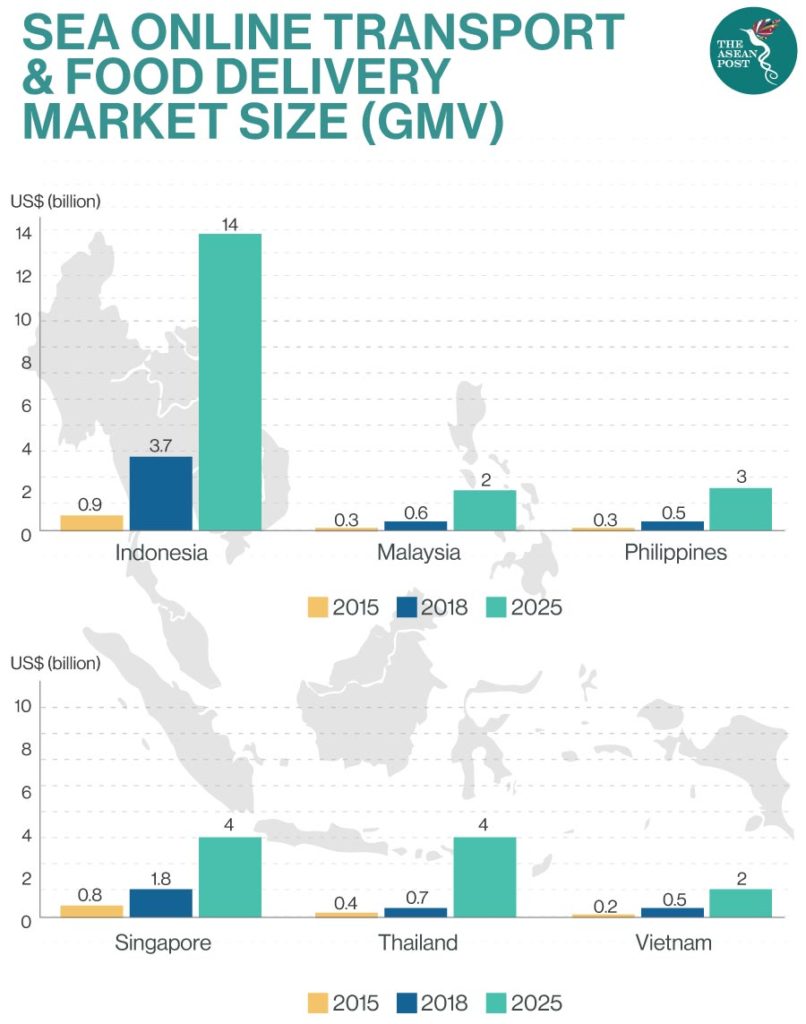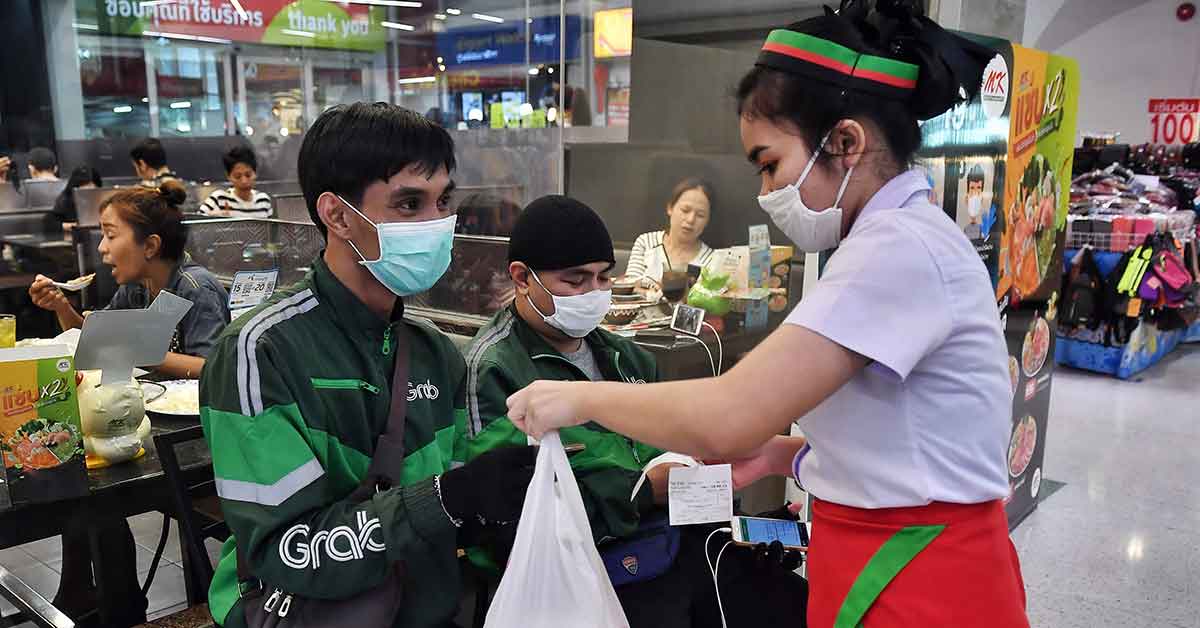The ASEAN Post Team recently published an article about Food Delivery.
Lockdowns and restricted movement control implemented by countries around the world due to the COVID-19 pandemic has seen people go berserk at hypermarkets, hoarding food supplies. As people are urged to self-isolate and stay home, there has been a surge of demand in food delivery services in Southeast Asia. In Malaysia, it was reported that some delivery companies had recorded more than a 30 percent increase in orders since a Movement Control Order (MCO) was enacted on 18 March.
Food delivery services are not new, but apps and smartphones are expanding the reach of delivery services. Globally, the online food delivery market is worth more than US$35 billion annually, and is forecasted to reach US$365 billion by 2030.
One of the benefits of online delivery is that consumers are spoilt for choice as they can order from a variety of menus through a single app. The varieties available also allow them to try out new food every day. Delivery systems even tailor menus for health-conscious customers and those on weight loss programs with options for healthy meals and pre-selecting ingredients before cooking.
The other big benefit is convenience for those with no time to shop, prepare or cook food every week. As people in many ASEAN countries such as Malaysia and Singapore have started working from home amid the COVID-19 pandemic, busy workers are able to order food without leaving their desks or interrupting their work.
The disadvantage for Southeast Asia right now is the polarity of price which depends on service providers. Online food delivery in Singapore can be five to 10 times higher compared to markets in Indonesia and Vietnam, where costs can be as low as US$2. For some individuals, a limited food budget makes delivery a costly ordeal.
Players In Southeast Asia
The region’s food delivery market is expected to grow from US$2 billion in 2018 to an estimated US$8 billion in 2025, as reported by Google and Singapore’s state investment arm, Temasek. Ride-hailing companies, Go-Jek and Grab have jumped on the bandwagon too and are using their advantage of a well-known brand name and larger user databases to compete with food delivery “pure-plays” like Deliveroo and FoodPanda. Last year, GrabFood consumed UberEATS as part of the Grab takeover in Southeast Asia.

Go-Jek has seen online food delivery services becoming bigger than its most frequently used motorbike-hailing services, generating US$2.5 billion in annual transactions in Indonesia alone.
FoodPanda is already a popular food delivery service in Malaysia, the Philippines and Singapore. It has also launched Streetpanda to offer the delivery of street food.
There are different business models to the online food delivery service. The largest and most popular involve service providers to manage an ordering website and mobile apps on behalf of restaurants, where consumers place orders for pickup and delivery. Here, the commission comes from the revenue of the restaurants without adding any more costs to customers. FoodPanda, GrabFood and Go-Food get a commission of between 15 to 30 percent.
The second business model is similar to the above, except that the service provider recruits and manages a pool of independent contractors as delivery couriers, charging consumers a premium fare for delivery.
Another model gaining traction in Southeast Asia is the delivery only kitchen, or “cloud kitchen,” which operates straight from the kitchen to a customer’s front door.
Cloud Kitchen
Cloud kitchen is a term used to describe restaurants with no retail; geared to only delivering food. Here, chefs are hired to prepare meals in a central location before shipping the meals out to customers. Europe’s food delivery system, Deliveroo, has built shared-kitchen services or “dark kitchens”, for chef start-ups who wish to venture into food delivery services.
The elimination of customer seating, air conditioning and lighting slashes rent costs and bills and also reduces the need to employ service staff. All these reductions earn for itself better economies of scale, while catering to consumer preferences.
Cloud kitchens are fast gaining momentum in Southeast Asia. Grain from Singapore and Dahmakan, a Malaysia-based food company, both use this business model.
Grain, founded in 2014, is a food delivery start-up that specialises in clean food and believes in improving lives through meaningful food experiences. Founded in 2015, Dahmakan recently raised an additional US$5 million financing from new investors. Both start-ups focus on healthy eating.
Although customer loyalty largely lies with the food company and not the delivery services they use, reviews and ratings should keep delivery services focused on quality and customer care. As mobile penetration continues to rise in ASEAN – while the threat of COVID-19 looms large – the market for online food delivery services will keep growing.



